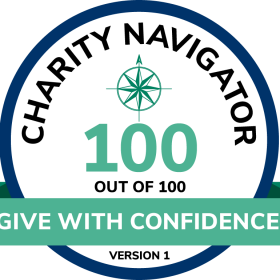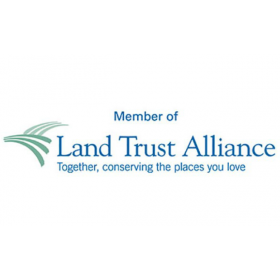Eliminating English Ivy: WWU Trail Maintenance
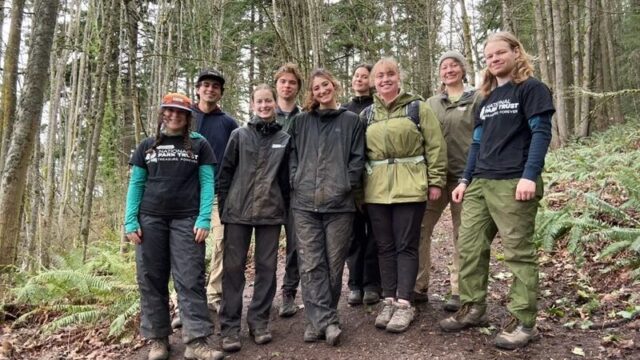
On Saturday, March 8th, Josh and I (along with one other Outdoor Center Trip Leader, Dillon) led a Trail Maintenance day for our Western Washington University/National Park Trust stewardship trip. Our intention of the day was to remove as much invasive English Ivy and litter in our nearby Bellingham Arboretum as we could. Our student participants met with us on Tuesday before, in the form of a short meeting at the OC to get a feel for what the excursion would hold. At that Pre-Trip event, we exchanged pleasantries, then gave a presentation on tool safety and how to use a shovel, loppers, and saws in an effective manner, working with human body mechanics versus against.
Come Saturday at 8:15 a.m., Josh, Dillon, and I were ready to get our groove on! In preparation for the trip, we communicated with Whatcom Land Trust (an awesome, local non-profit organization that aims to preserve and protect wildlife habitat, scenic, agricultural, and open space lands in Whatcom County for future generations by securing interests in land and promoting land stewardship), and they had loaned us tools for our trail maintenance day (thank you once again, WLT!). The day was projected to be rainy, but the weather was on our side with clouds and gaps of blue sky peeking over wisps of grey. Slowly, our participants started to show up at the Outdoor Center. After they had all arrived, we distributed tools and gloves to everyone, and headed out to the Bellingham (Sehome Hill) Arboretum–we are lucky that it borders the majority of WWU’s campus–to remove invasive English Ivy from the trail corridor.
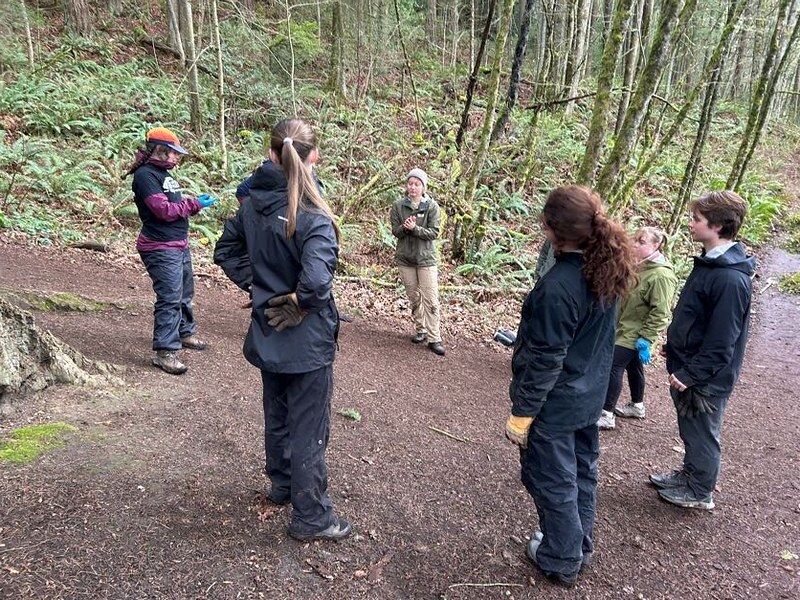
Once we arrived at our work location, all nine of us circled up, and got our bodies ready for the work ahead through a stretch circle. One by one, everyone guided the rest of the group with a stretch, and a response to our ice-breaker question. After our bodies were feeling sufficiently warmed up and ready for the day ahead, Josh led a demo on how to effectively remove ivy at its base, making sure to pull out as much of the root as possible while keeping as much dirt in the ecosystem (to aid in erosion control), to ensure it doesn’t grow back.
Eventually, we spread out, covering around 100 feet along the trail, and began to remove ivy. As we worked, we conversed about the school, our special interests, and the exciting moments of our quarter. After around an hour and a half, we took a break to circle up, weaving through our toppling piles of ivy to meet in the center of our area. Josh shared a wonderful spoken land acknowledgment that covered the history of the Sehome Hill Arboretum and the people who first moved through and around this land (and still do today). Following that, we continued our ivy work, until it was time to break for lunch. We washed our hands in the nearest building on campus, then met back outside to eat together.
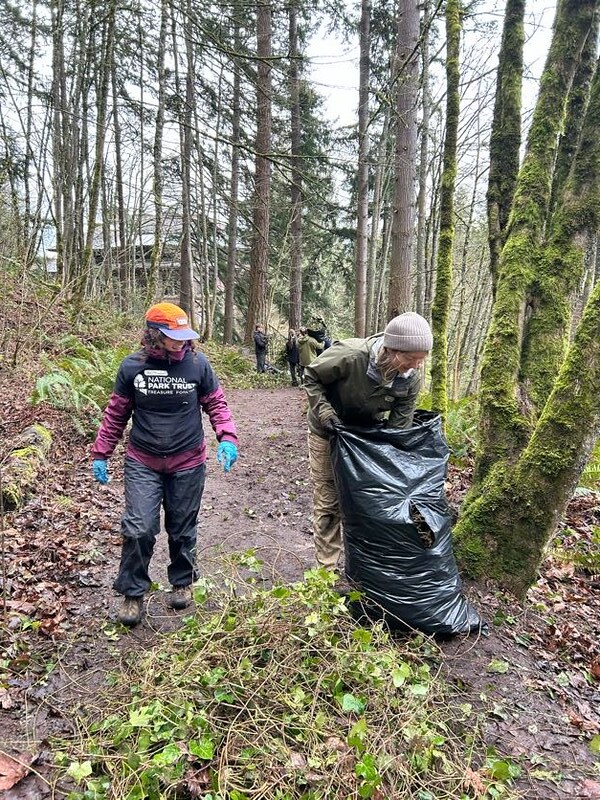
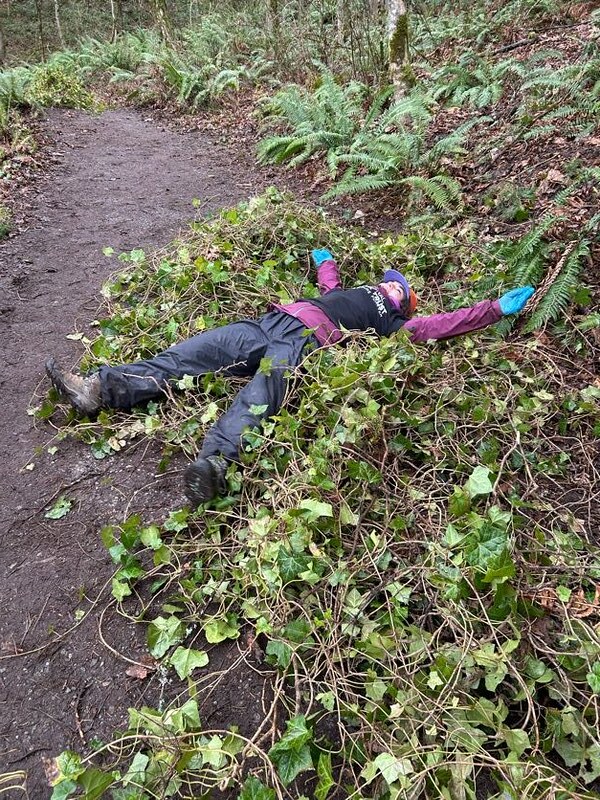
During lunch, we played Two Truths and A Lie and shared information with underclassmen about our school, the best places to study on campus, and our favorite places to get food on campus. Once our bellies were full and conversations had recentered around ivy and trash removal, we got back to it! After another hour of hard work coupled with laughing and more than one ivy (snow) angel on top of a large pile of plants, it was time to move what we’d picked out of the arboretum. We bagged all of our piles (11 fully compacted, filled 65 gallon bags), and drove them to the nearest yardwaste dumpster on campus.
As our group of nine walked back to the Outdoor Center to return tools and part ways, we reflected on the importance of outdoor stewardship and thanked the land for taking care of us by returning the favor and taking care of it. It was many of our participants’ first time completing trail work, and everybody said they would love to do it again. It was a grand success! We all agreed that there was a specific zen that trail care brought to ourselves, and it was incredibly grounding to do so during a busy school week. We expressed gratitude for spending time outside, together. We hope that this experience brought out our peers’ sense of generosity and curiosity, and we want to continue exploring and appreciating the land around us in different ways.



